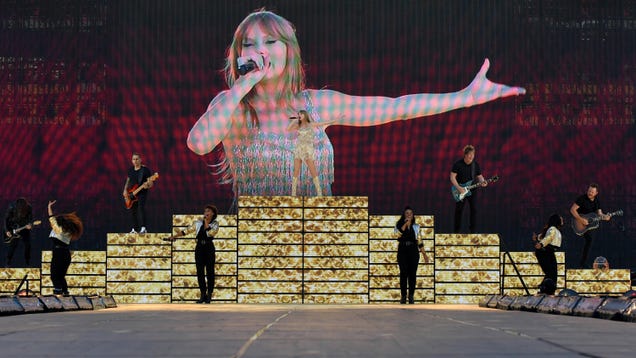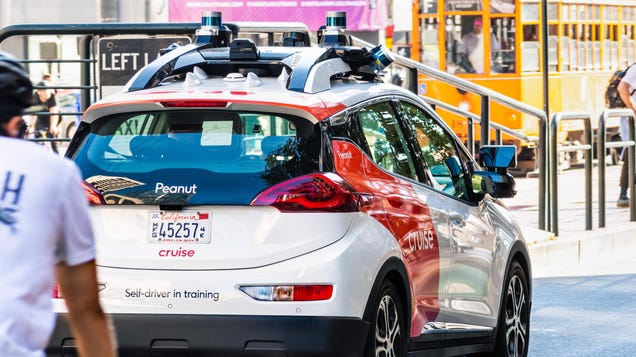
- Academic researchers at the University of Chicago are helping artists fight back against AI algorithms that would ingest and monetize their works.

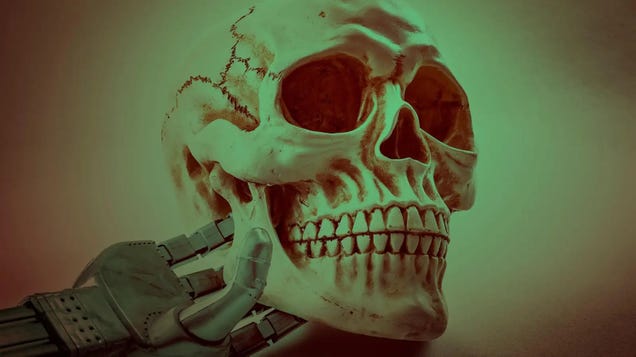
Leaders and policymakers from around the globe will gather in London next week for the world’s first artificial intelligence safety summit.
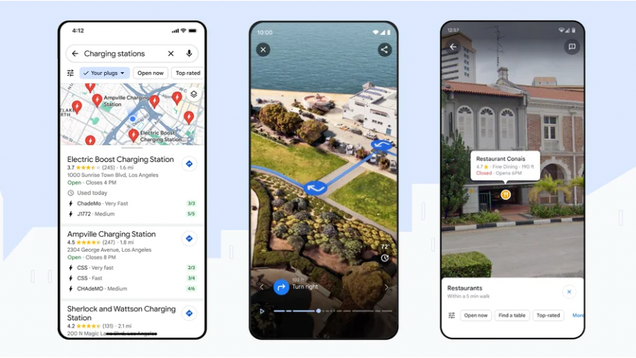
Google users can now make plans through a new Maps update that will generate events and activities by typing “things to do” into the search bar.
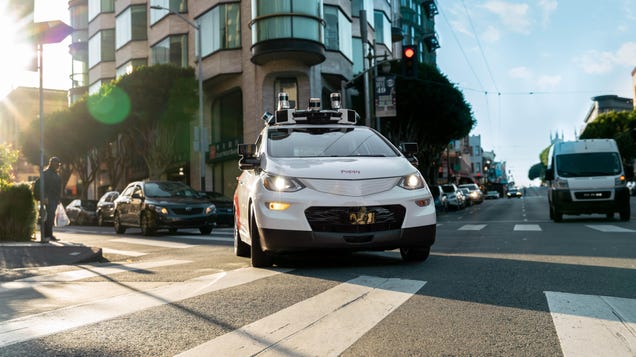
GM-owned Cruise suspended its driverless taxis, the company said in a post on X, formerly called Twitter.
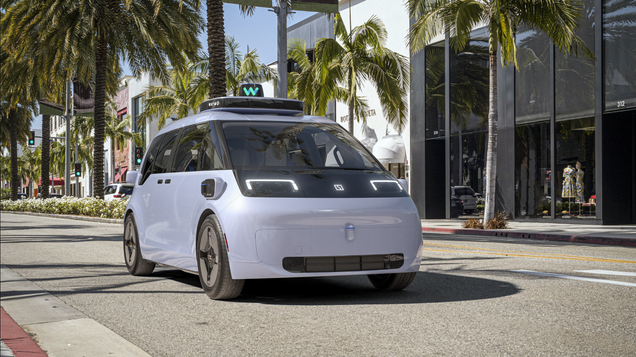
Uber’s partnership with Waymo, a driverless taxi service, began Wednesday to provide autonomous ride options for customers in Phoenix. Riders who book an UberX, Uber Green, Uber Comfort, or Uber Comfort Electric could be paired with an autonomous Waymo vehicle.
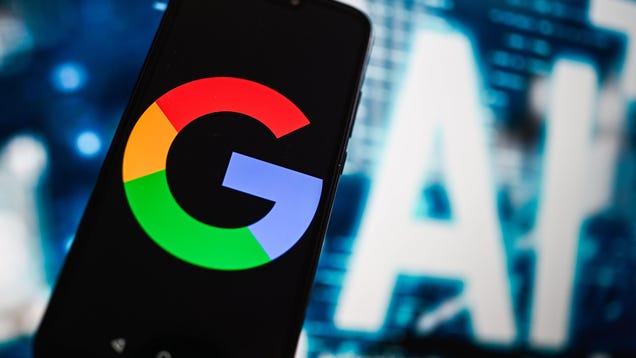
A few of the biggest companies pushing AI, including the legacy Silicon Valley giants Google and Microsoft alongside new blood OpenAI and Anthropic, are coming together to push their own industry body as the main bastion of AI safety.
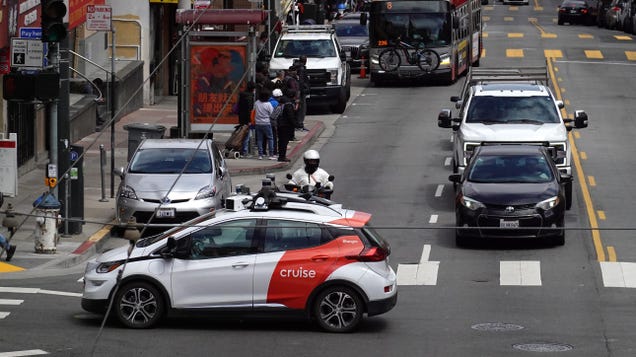
General Motors’ autonomous vehicle company Cruise can’t shake the safety scrutiny over its driverless robotaxis. Now the National Highway Traffic Safety Administration (NHTSA) is digging into whether or not these AVs are safe for the pedestrians being forced to live with them.
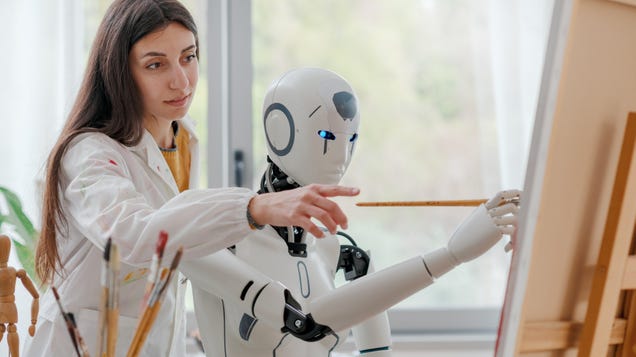
How can artists hope to fight back against the whims of tech companies wanting to use their work to train AI? One group of researchers has a novel idea: slip a subtle poison into the art itself to kill the AI art generator from the inside out.
